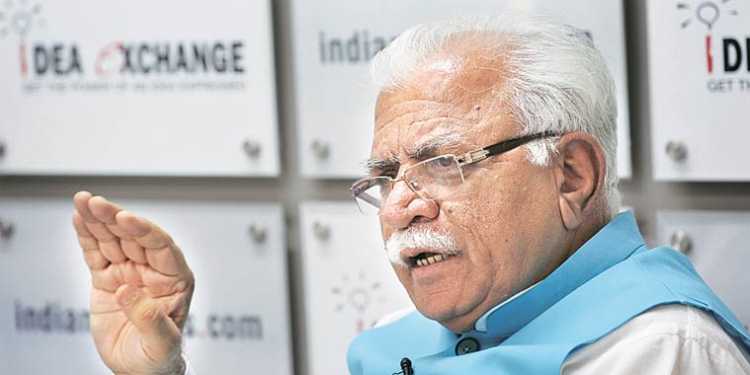In the flurry of negativity which has ensconced the media in 2018, a very positive development which did not receive much attention was the announcement of the launch of a ‘ High Risk Pregnancy Tracking Portal ’ by the Government of Haryana, becoming the first state in India to do so.
What is a high risk pregnancy (HRP) and why is tracking it important?
A high risk pregnancy is defined as a pregnancy in which the mother, the fetus or the neonate (period of life from birth to 28 days) is at an increased risk of morbidity or mortality. The HRP cases have a major contribution in both maternal and neonatal mortality rates (MMR and NMR). A 2014 WHO report shows that of nearly 3.5 lakh maternal deaths that occur world-wide in a year, at least 75, 000- 1.5 lakh occur in India alone, making India the largest contributor to maternal mortality in the world. India’s maternal mortality rate (number of maternal deaths per one lakh live births) is 167 and Haryana’s is 127, which while being better than the average is almost double that of Maharashtra (68) or Kerala (61). A country’s MMR is considered to be a vital statistic which reflects the overall condition of the health of the people of the country and the efficiency of its health care delivery system; noteworthy is the fact that the very first target set by the WHO in Goal 3, which deals with health, of its Sustainable Development Goals, 2030 is to reduce MMR to less than 70 per 1 lakh live births by 2030.
Tracking of an HRP helps to ensure that the pregnant female receives adequate care keeping in line with her specialised needs to minimise the risk of harm to the health of the mother or the baby, this could include more number of ante natal (before delivery) and post-natal (after birth of the baby) visits, prioritised attention when the mother goes for the ante-natal check-ups, ensuring the presence of specialised doctors like trained obstetricians and neonatologists at the time of delivery, delivery at a centre which has resuscitation facilities in case complications develop during delivery etc. At present, only 51% of all pregnant mothers in India get 4 ante natal check-ups (four is the bare minimum number recommended).
Laudable Initiative by the Government of Haryana:
Sections of the so-called liberal media have not left a stone unturned to call out Manohar Lal Khattar, the Haryana CM as anti-feminist, and target the governments run by the BJP at the centre and in various states for not having health and education as their priorities. As the age old adage goes, actions speak louder than words, the Haryana government has let its actions speak as far gender issues are concerned- be it the heartening rise in the sex ratio of the state (courtesy dedicated implementation of Beti Bachao, Beti Padhao) or this latest initiative of the high risk pregnancy portal.
As stated by the Health Minister of the state, Shri Anil Vij, this portal shall enable name based tracking of the HRP cases and go a long way towards reducing mortality and other health related problems in the pregnant mother and the fetus and put Haryana on track to achieve the SDG Goal of MMR less than 70 per lakh. Mothers certified as HRP on their first visit to the health system would be issued separate red coloured cards and from then on, during subsequent visits, they would not have to wait in lines for the check-ups as they would be attended to on a priority basis. Moreover, the delivery would be conducted at an appropriate centre under the supervision of trained specialists and not at the Primary Health Centres.
Let us hope that Haryana sets the example for all states to follow in the times to come to make pregnancy safer for both mother and child.


































